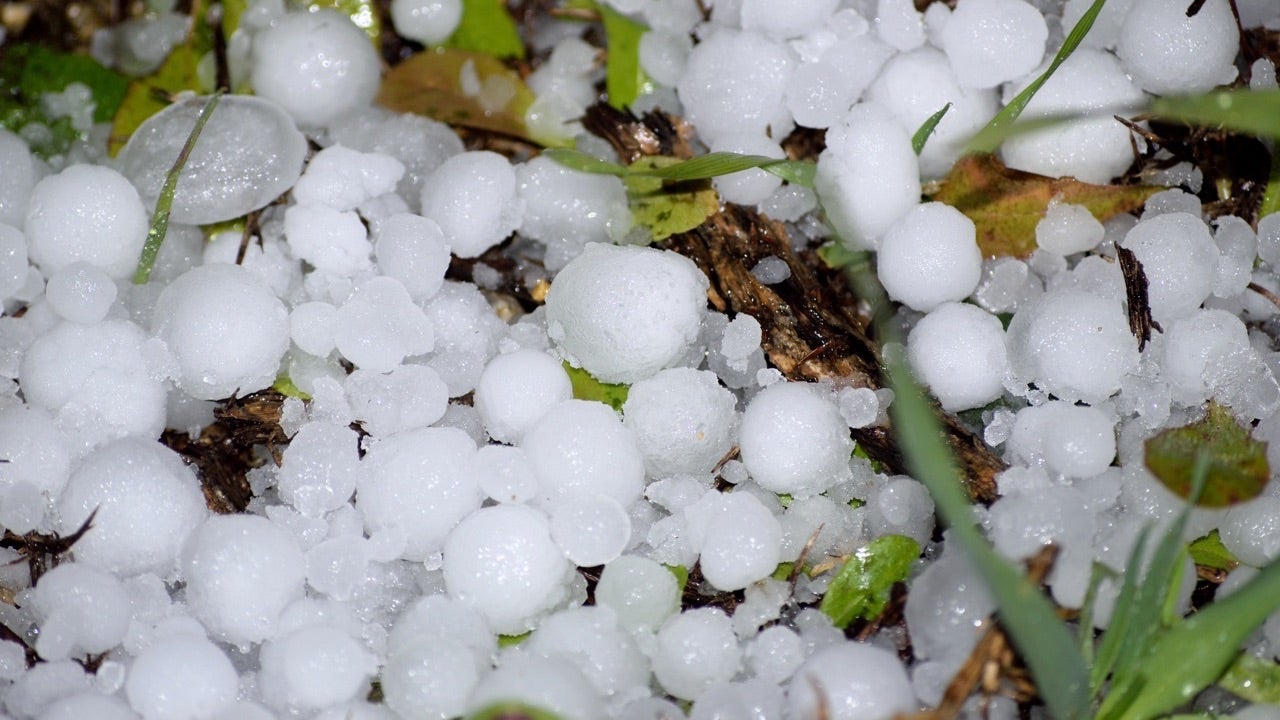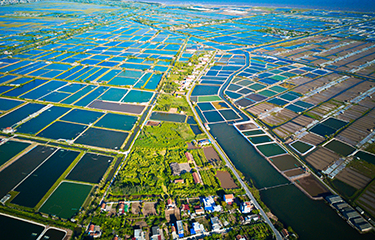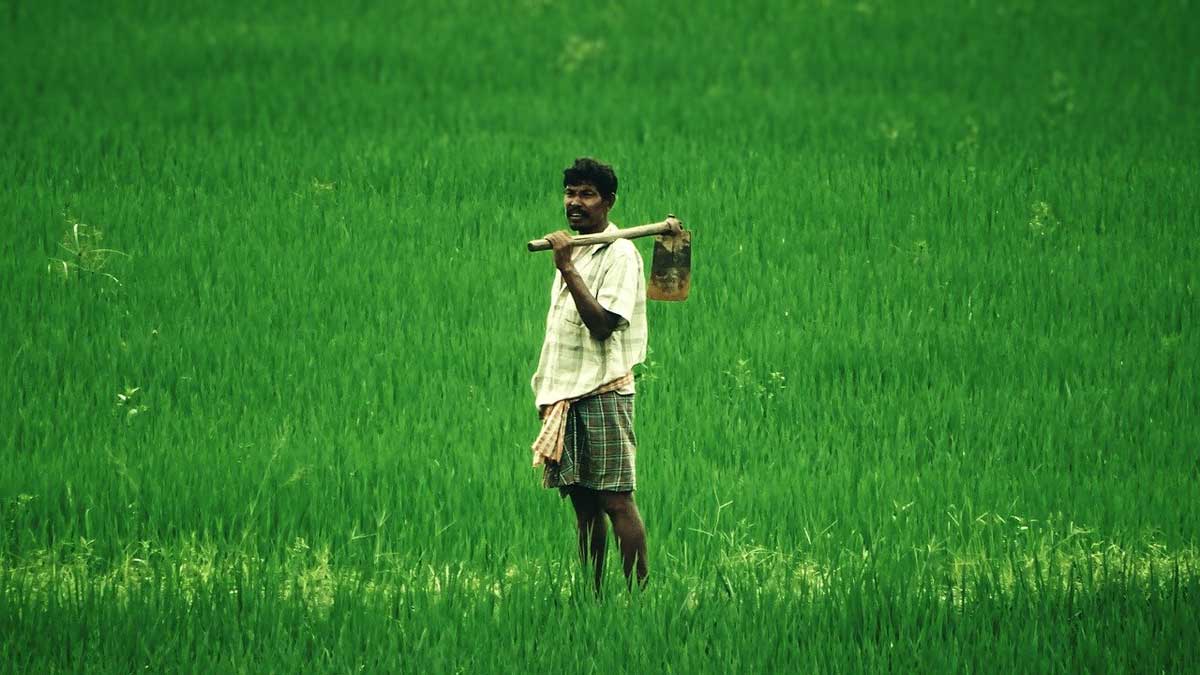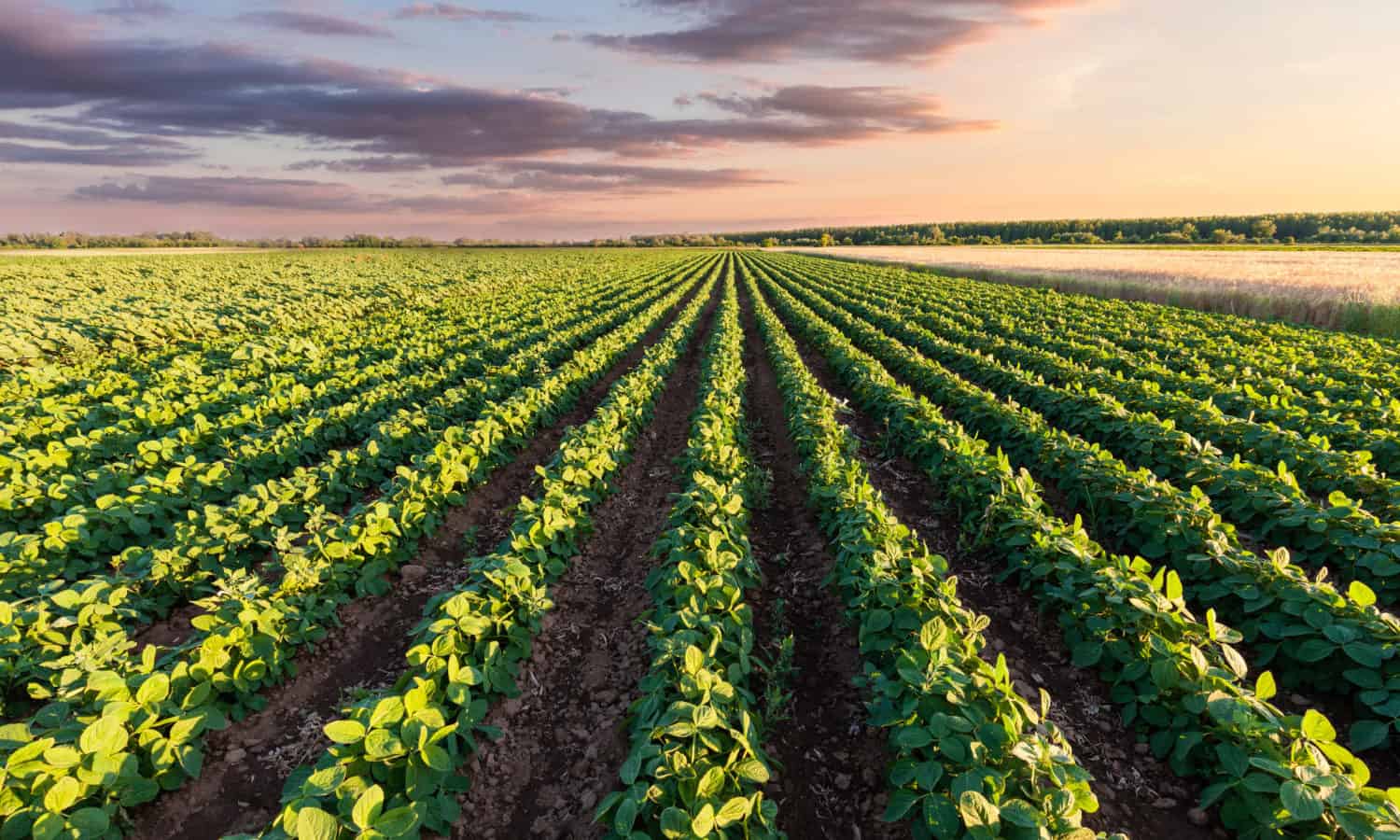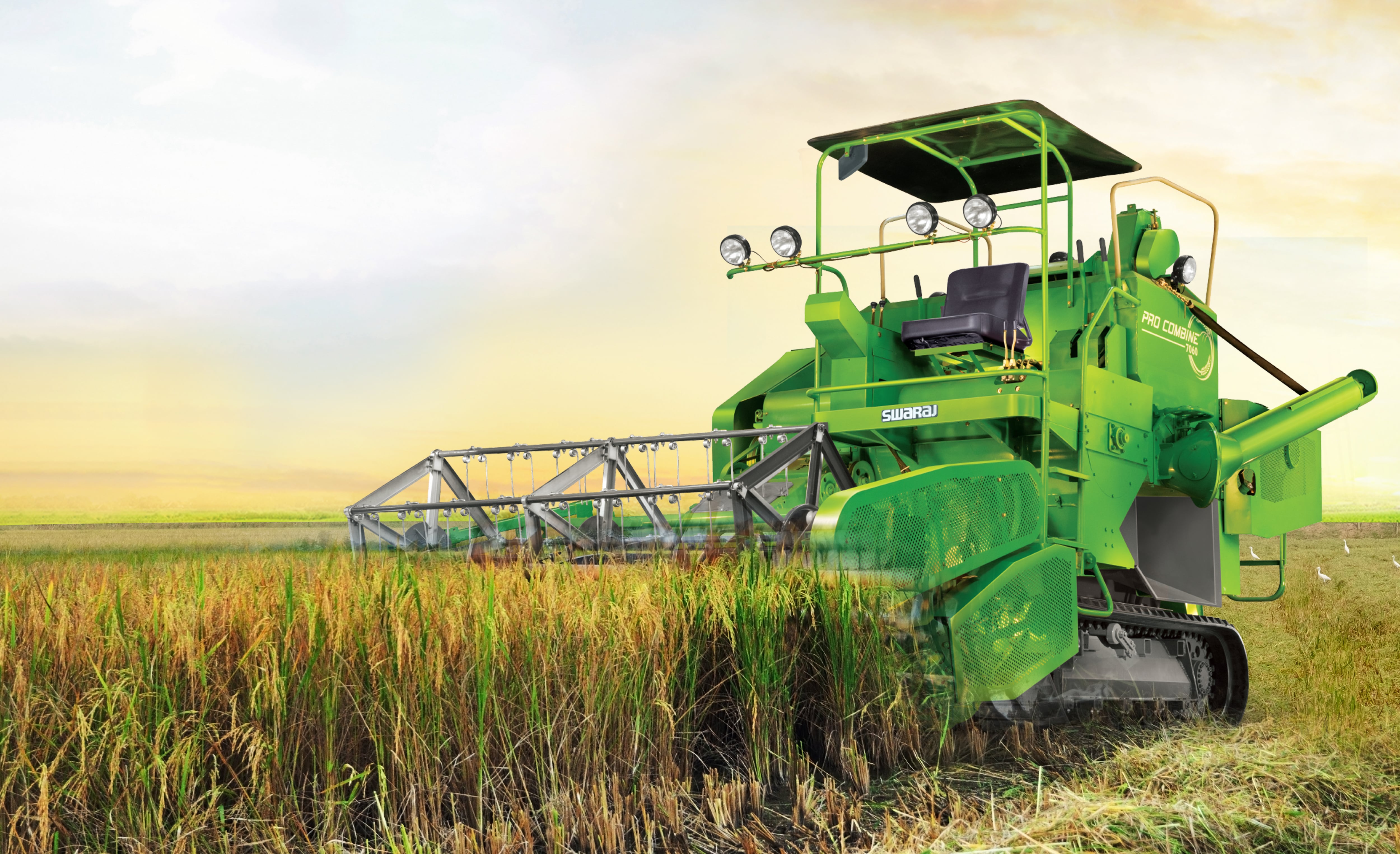What began as a regular day for many Nebraska farmers ended in destruction as a massive hailstorm swept Furnas County, local ABC station NTV reported.
What's happening?
The hail was "the size of golf balls and larger," according to NTV, and it left "significant damage in its wake" to crops, livestock, and buildings in the area.
They interviewed Dallas Christiansen, whose family owns a farm in the area. He reported that their corn and soybean crops seemed to be approximately 50% damaged, with many neighbors seeing even more substantial decimation.
"It's pretty bad in some spots," he said. "Gets worse as you go south of Arapahoe, but the pollinating corn here, probably about 80% loss. And then the soybeans behind here, pretty close."
Unfortunately, at this time of year, it's too late to replant, which means that many farmers in the area will likely have dramatic reductions in their harvest.
Why is this type of storm particularly concerning?
Christiansen acknowledged that this wasn't the first major hailstorm the area had seen, and it surely won't be the last.
"It's not a new thing. We seem to get hit every few years," he said. "Yeah, it's not fun, but yeah, it's routine."
Unfortunately, while farmers are used to some amount of weather-related damage, a warming atmosphere has seen the frequency and severity of storms steadily rising over the past several years. Hotter temperatures make for more intense rainstorms, hurricanes, tornadoes, and droughts, all of which can spell disaster for agriculture.
The National Oceanic and Atmospheric Administration estimates that hailstorms, in particular, are responsible for approximately $1 billion in damages to crops and property each year.
As the weather continues to evolve, many farmers worry that storms and droughts could make their livelihoods untenable. And with a shrinking food supply, grocery stores will continue to see rising prices in the aisles.
And even for non-farming residents, people who live in particularly storm-prone areas end up paying for sky-high insurance premiums as environmental risks make markets more and more expensive to insure.
What are the options for farmers?
NTV spoke with Kelly Brunkhorst, executive director for the Nebraska Corn Board, who said that at least for now, approximately 90% of the state's corn acres are covered by crop insurance. That could be especially important considering the late-season timing for this particular storm.
"Crop insurance, just like any insurance in general, we hate to use it, but in these instances, it's nice to have that fallback," Brunkhorst told NTV.
There is also the chance that a grower could salvage some crops for grain or silage. "Patience is the best virtue I think, right now and certainly will continue to watch for some hopefully good growing season for the rest of the year that can allow it to at least recover some," Christiansen added.
Scientists are also experimenting with genetically modified crops that could endure more severe weather conditions, like a drought-resistant strain of wheat or a new type of heat-tolerant corn.
Source - https://www.thecooldown.com


